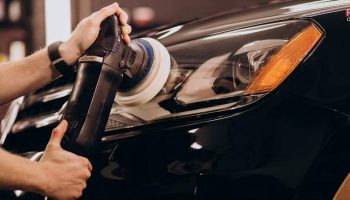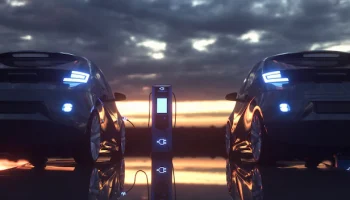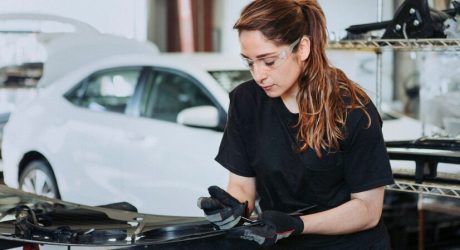Buying a used car is a great option if you can’t afford to buy a new car.
In spite of this, the seller can easily mislead you and hide a great deal of information about the car.
In addition, there may be some legal issues or there may have been an accident. Also, if the machine is not carefully inspected, it may have technical problems in the future. Hence, it is imperative to use EpicVin VIN decoder and find out the car’s history and a lot of other information before buying.
It took a lot of time in the past to conduct such a procedure because the owner had to be personally met and the vehicle inspected each time. As a result of the availability of VIN decoders on the Internet, this problem has disappeared.
In this way, you can select a high-quality copy of the car based on a large amount of data included in the report. A VIN decoder should therefore be used before buying.
Every vehicle today has a unique VIN number. It offers a lot of information about the car. There are many different factors to consider, such as the production year, the equipment, the specifications, the region of production, etc.
According to ISO standards, this code is assigned. Each element may be either a number or a letter. As long as the vehicle is in operation, the VIN does not change and remains exactly the same as it was at the factory.
This code does not use the letters O or I. In order to avoid confusion, this rule was established to distinguish these designations from the numbers 1 and 0.
Where To Find The VIN In The Car:
Depending on where the vehicle was manufactured, the VIN code may be located in a different location. On most vehicles made in the United States of America, the VIN can be found just below the windshield.
This identification number is also located in a hard-to-reach place on the body to protect it from thieves. There are several locations where the VIN code can be stamped – in the engine compartment, on the front of the engine, on the threshold, or on the driver’s door pillar.
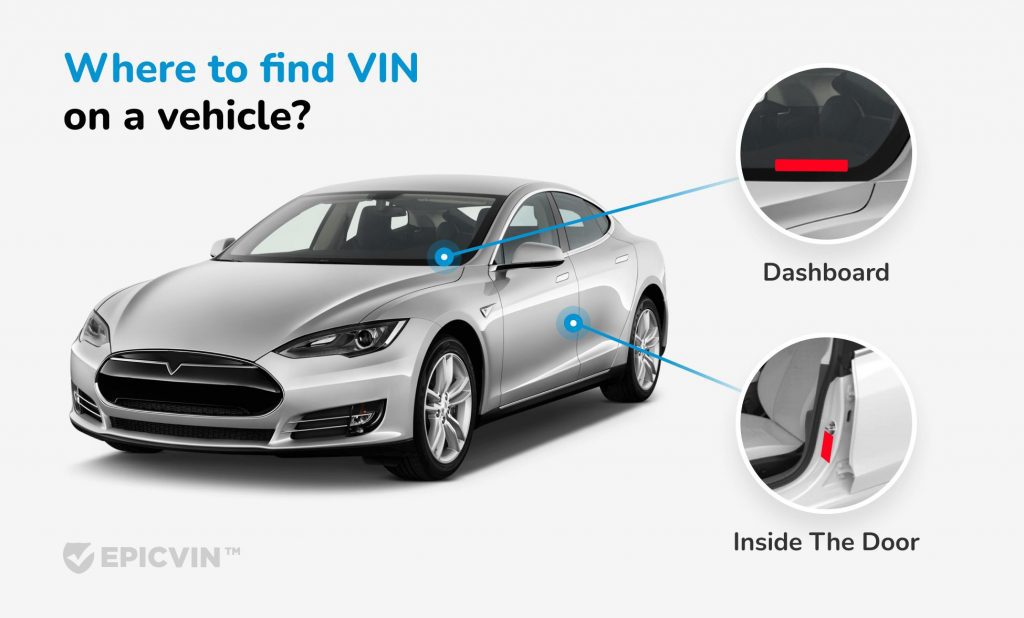
An instrument panel may contain a table containing the VIN code for inexpensive vehicles.
In order to minimize the risk of acquiring a stolen vehicle, manufacturers duplicate the VIN code in different places. To reduce the possibility of forgery, identification numbers are usually located in hard-to-reach places.
Check all the places where the VIN is applied and compare the codes if you are choosing a car for yourself. There may be welds, scratches, dents, or other damage which can be seen in the areas where the nameplate is attached to the body. You can then use an efficient decoder to verify the VIN if you understand the cipher correctly.
How VIN stands for:
- Geographic area, country, and manufacturing company are encoded in the first three characters.
- There are six characters describing the vehicle: model, type of body, equipment, permissible maximum weight, and other vehicle information. You can determine if the identification number has been changed by checking the ninth position of the number.
- There are eight characters in the last character that describe the vehicle’s distinctive features, such as the year of manufacture and the manufacturer’s name.
What you can learn thanks to VIN check with decoder:
- Customs data. The country of export, the date of registration, the mileage, and the cost of exporting
- There is information about participation in an accident, including photos from the accident scene of some cars
- Collateral history
- Restrictions on registration actions.
- Information about the theft and search of the vehicle
- Information about the operation. Was the car used by taxi service or was it leased?
- Real mileage
- A number of owners.
- Equipment
- General information – brand, model, year of manufacture, specifications.
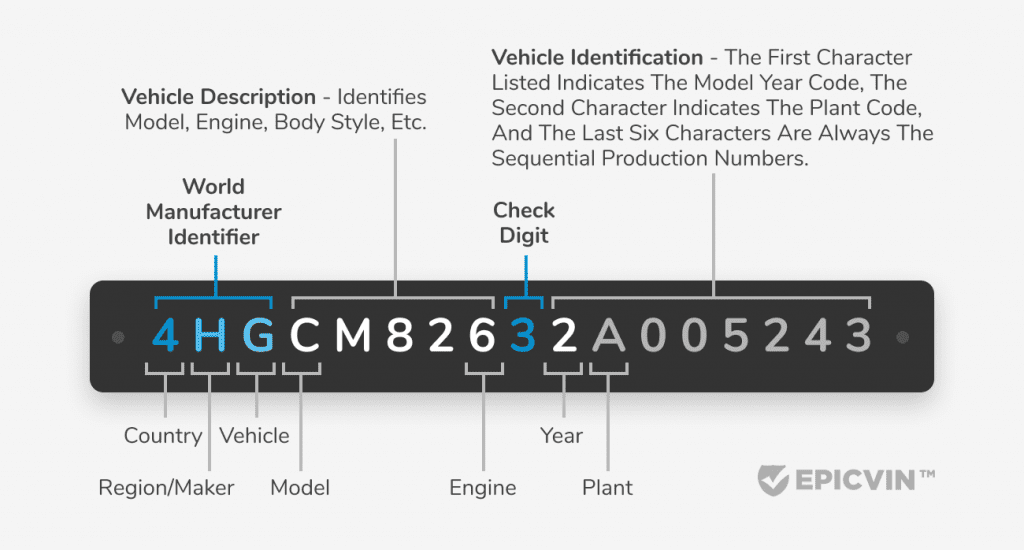
You can learn the true history of the car in just a few minutes by checking the VIN with a quality decoder rather than making independent trips to multiple authorities. If you find any minor problems that the real owner didn’t mention, this will allow you to negotiate with the seller.
What to look for when VIN checks with the decoder:
It is very important to keep all the information above in mind when buying a car. An accident may indicate hidden problems with the vehicle if you saw it was in one. If the body geometry is damaged, for instance, such an instance might be unsafe for operation.
Generally, such a car should be abandoned if it is revealed that the chosen option has legal problems. It will be impossible to register a car if you are prohibited from taking registration actions, for example.
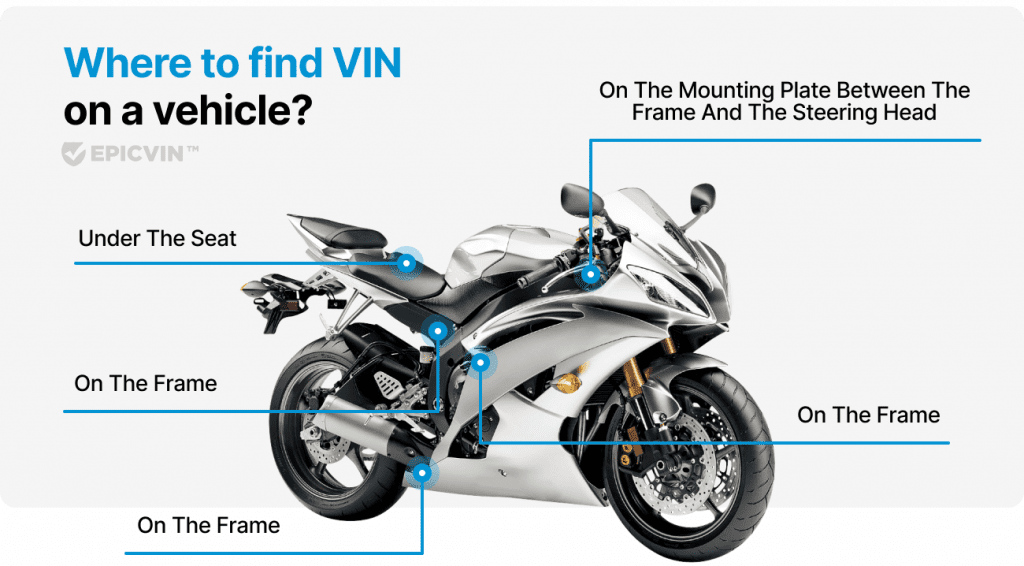
The vehicle was also stolen, which makes things even worse. If you buy such a car, the authorities will simply confiscate it after a while.
Don’t forget to check the actual mileage as well. It is safe to lower the price if you discover the odometer reading was altered by the owner. Additionally, the car has too many owners, which is a negative factor.
This indicates that the vehicle has malfunctions that adversely affect its operation. It is important to keep in mind that the car could be owned by a legal entity. Most of the time, this means the vehicle was used as a taxi or leased. The faults in such instances usually require you to fix them yourself.
| Note: If you check the VIN with a decoder before making a used car transaction, you can avoid a lot of problems. When you seek the help of such services, you maximize your chances of choosing a vehicle that will serve you faithfully for many years to come. If you want your purchase to be truly profitable, use the VIN decoder. |
Additionals:










